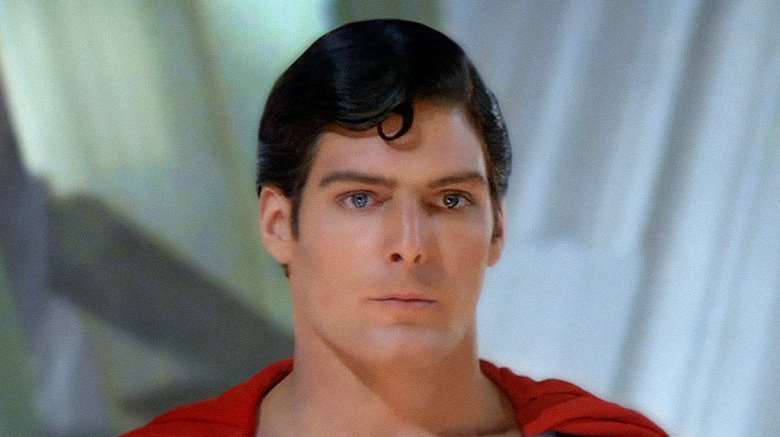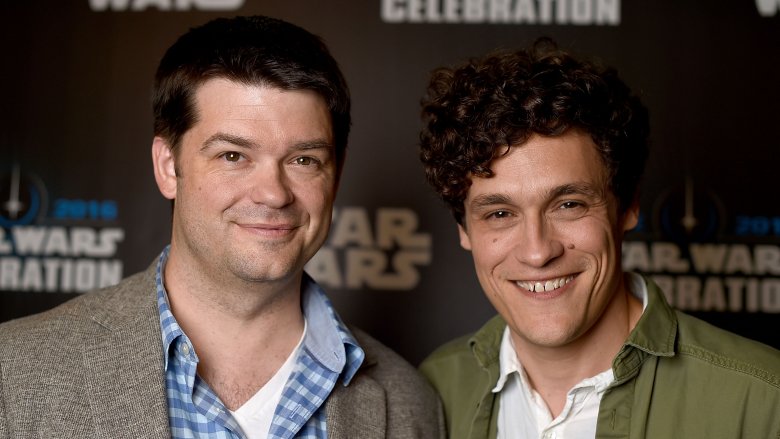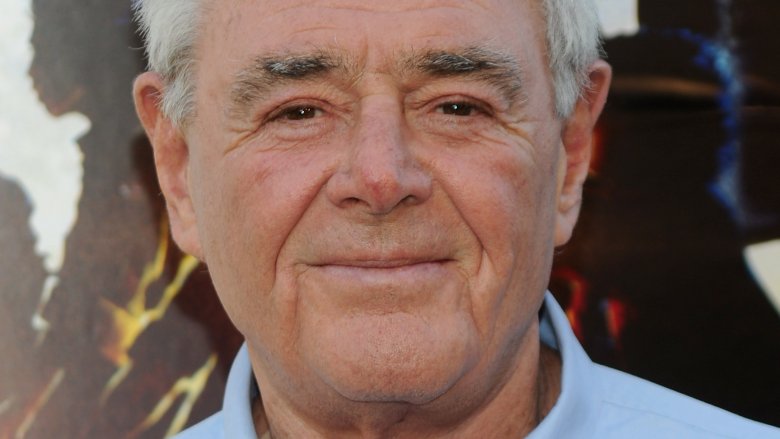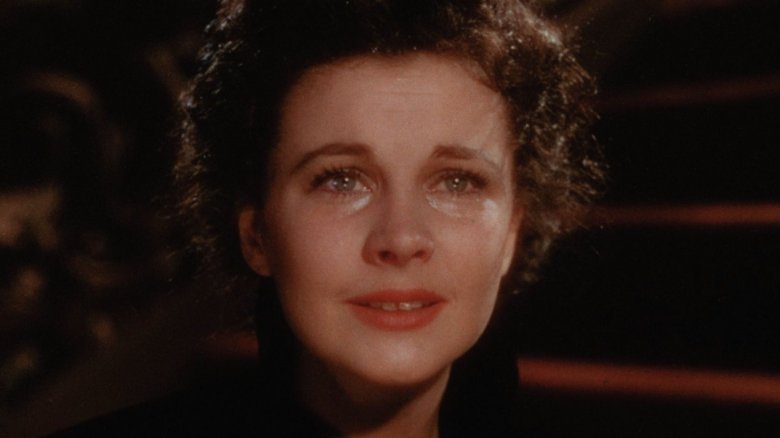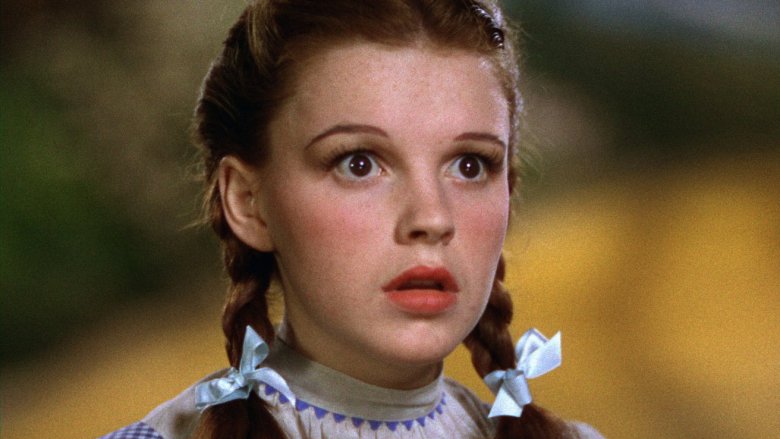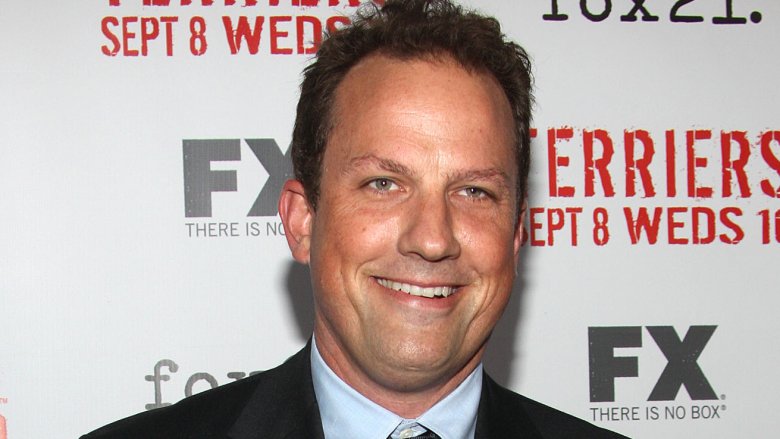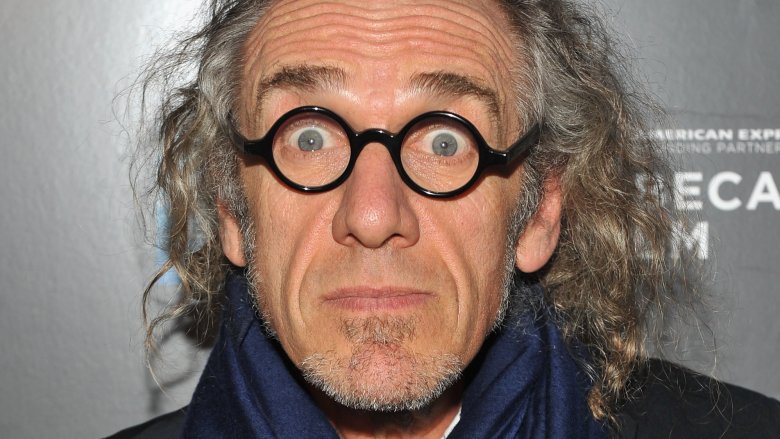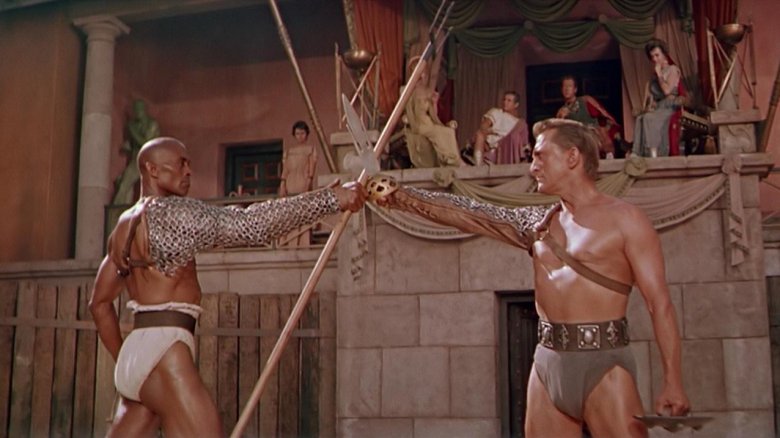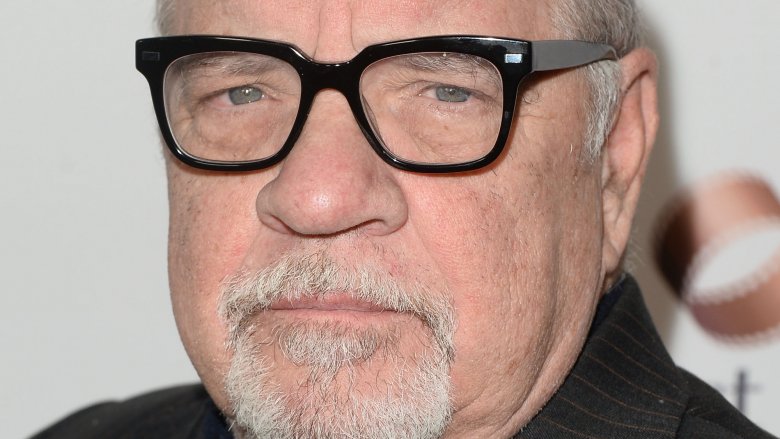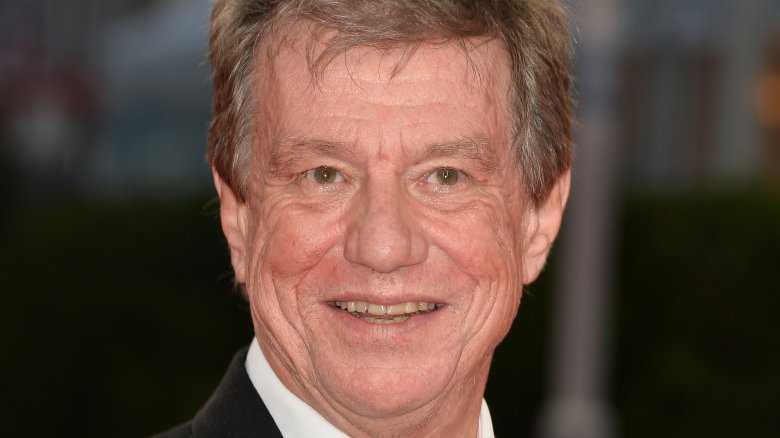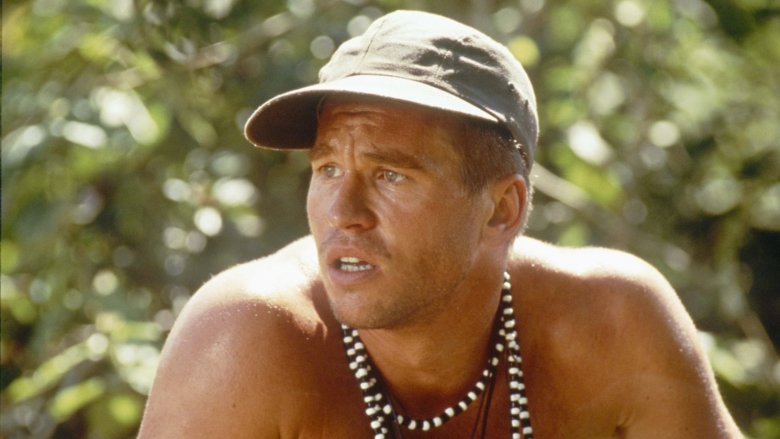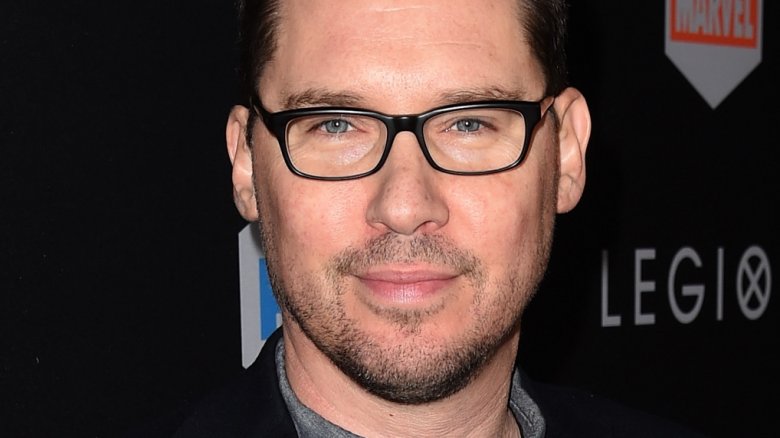Directors Fired During Filming
Directing movies might seem like a glamorous career, but underneath all the glamorous trappings of the gig, it's still a job—and like any occupation, it comes with a certain number of professional risks, including the chance that you might annoy the wrong people at the office and end up being shown the door.
Hollywood is driven largely by appearances, and the folks in charge of the studios tend to have a ton of experience dealing with temperamental creative types, so disputes are often ironed out behind the scenes. Sometimes, however, those efforts end up being for naught and everything boils over into the type of PR disaster every company would like to avoid at all costs: the public firing and replacement of a film's director. The next time you find yourself staring at a pink slip, think about these filmmakers, and count yourself lucky that your firing didn't unravel in the press.
Phil Lord and Christopher Miller (Solo: A Star Wars Story)
One of the most publicized Hollywood firings in recent memory, the departures of Phil Lord and Chris Miller from Solo: A Star Wars Story stunned fans and pundits alike. There's no shortage of rumors as to why why the pair left the project, with the ultimate consensus pointing to the traditional culprit of "creative differences" leading to the split.
Reports say that Lord and Miller, who were four months into filming when they were fired, were reportedly steering the project more towards comedy than Lucasfilm head Kathleen Kennedy and screenwriter Lawrence Kasdan wanted; other reports allege that Lord and Miller had trouble making decisions and that the crew was unhappy with the way they were running the set.
However, some reports put the problems on Lucasfilm as well, with some saying that Kennedy was unwilling to cede control to the directors and suggesting the studio may have a systemic problem when it comes to being overly controlling of their films. Whatever led to the split, longtime friend of Lucasfilm Ron Howard was brought on to finish the project.
Richard Donner (Superman II)
Richard Donner was initially hired by producers Alexander and Ilya Salkind to direct both Superman and Superman II, but conflicts plagued both productions from the beginning. Donner has alleged that the Salkinds were overly concerned with the budget—although they refused to tell him what the budget actually was—and claiming he had to do significant rewrites on the fly.
The initial plan was to film Superman and Superman II back to back, but production on the sequel was put on hold so Donner could finish up the first film in time for its planned release. Still, he'd already filmed a significant number of scenes in the film—estimates say as much as 75 percent—by the time production was shut down in October of 1977.
Donner claimed he received a telegram from the Salkinds saying he was no longer needed for the rest of the film, and significant portions of the film were reshot under new director Richard Lester. The Lester-completed version was a box office and critical success, but fans lamented the loss of Donner's take for years. It was eventually re-edited and released in 2006 as Superman II: The Richard Donner Cut.
George Cukor (Gone With the Wind)
George Cukor only made it through a few weeks of Gone With the Wind filming before he was fired, despite the fact that he'd already done years of work on the movie. Apparently, it was during the extended pre-production period (he was hired in 1936, while filming began in 1939) that conflicts flared between Cukor and producer David Selznick, with the cost of retaining Cukor growing throughout.
Just three weeks into filming, those conflicts hit a head, and Cukor and Selznick released a statement saying he was leaving the project. Some reports suggest it boiled down to disagreements between Cukor and Selznick, while others have blamed it on Cukor's inability to get along with star Clark Gable. Still others say that it was Cukor's slow, costly directing process that led to the split.
Some of Cukor's work remained in the final product, which would actually go on to have two more directors: Victor Fleming took over the project for most of its filming, and Sam Wood replaced Fleming for two weeks when he had to take a break due to exhaustion. The directing credit for the film, along with an Academy Award for Best Director, ultimately went to Fleming.
Richard Thorpe (The Wizard of Oz)
For such a classic film, The Wizard of Oz actually had to travel down quite a troubled yellow brick road to the big screen. The film's initial director, Richard Thorpe, only completed a few weeks of filming on the project before production had to be halted because the original Tin Man, Buddy Ebsen, became sick due to the powder used to turn him silver for the character.
Production was shut down as the studio tried to find a new actor to play the Tin Man, and during this time, the studio reviewed the footage and decided they were unhappy with Thorpe's work. According to Victor Fleming, who'd eventually take over the project, Thorpe didn't understand the more fairytale aspects of the film; as Fleming put it, Thorpe wasn't able to "think like a kid."
George Cukor was brought in for an intermediary stint as the studio looked for a new director, and he pushed the film in a new creative direction that was later continued by Fleming, who took over for the remainder of filming. However, Fleming himself eventually left the project near the end of filming when he was called to take over for Cukor on Gone with the Wind, leaving King Vidor to finish up principal photography. Fleming ended up being the only director credited on the project.
Ted Griffin (Rumor Has It…)
Ted Griffin recruited an impressive cast for his romantic comedy Rumor Has It..., including Jennifer Aniston as the lead. The Ocean's Eleven screenwriter was also able to bring on his former partner Steven Soderbergh as a producer on the project—the script for which he'd been working on for more than three years. However, even after all that, the first-time director was fired just 12 days into filming.
No official reasoning was given for the firing, but reports say Griffin fell extremely behind during his short time at the helm. He apparently blamed this in part on his cinematographer Ed Lachman, who he fired several days into production.
The delays and behind-the-scenes shakeups led to studio president Alan Horn asking his old friend Rob Reiner if he'd take over the project; after approval from Aniston, Griffin was let go and replaced. Reiner ended up replacing several members of the cast, including Charlie Hunnam, Leslie Ann Warren, Tony Bill, and Greta Scacchi. Griffin's departure was plagued by rumors at the time, with some saying Aniston was unhappy after seeing the dailies and others alleging that star Kevin Costner led a "cast mutiny." While it's unclear whether any of those reports are actually true, Griffin appears to have dodged a bullet, as the film was a failure financially and critically.
Martin Brest (WarGames)
Martin Brest was an up-and-coming director when he signed on to WarGames, which was then working from a script from Lawrence Lasker and Walter Parkes. Lasker and Parkes' original draft was passed over by studios because it was confusing and heavy on the tech side; Brest re-wrote it to be a darker thriller that eventually made its way to production.
However, shortly into filming, Brest was fired and replaced with Saturday Night Fever director John Badham, who said that, while he included some of Brest's footage in the final product, he thought that the scenes made it look like the actors weren't "having any fun." Badham ended up lightening the tone for the rest of the film.
Although Brest was worried that the firing would ruin his budding career, it ended up working out fine, with the director soon signing on to Beverly Hills Cop and later earning an Academy Award nomination for Scent of a Woman. Sadly, he ended up dropping off the map completely after leading the notorious flop Gigli, his last credit to date.
Tony Kaye (American History X)
Tony Kaye is still ultimately credited as the only director on American History X, but those who followed the stories of the troubled production know that isn't completely accurate: Kaye very dramatically (and publicly) rebelled against the studio after he was kicked off of the film and replaced with star Edward Norton.
Conflict between Kaye, New Line, and Norton started early and continued throughout the production, and things boiled over when Kaye was asked to incorporate direction from Norton and the studio into the final cut. This cut was test screened for audiences; their high grades led the studio to press Kaye to release that version.
Kaye retaliated by taking out cryptic ads in Hollywood trade publications to pressure the studio into choosing his cut. When they didn't, he became very adamant about taking his name off the project, asking to be credited as Humpty Dumpty or the Director's Guild's catch-all credit, Alan Smithee. The Guild didn't approve his request, and Kaye eventually went so far as to sue them, to no avail. Although American History X went on to become a critical hit, that was just about the end for Kaye in Hollywood; he still says he's in "director's jail," and studios don't want to work with him.
Anthony Mann (Spartacus)
Anthony Mann was famously replaced by Stanley Kubrick during the filming of Spartacus, just 14 days into production. While Mann didn't get far into the film, he did leave a notable mark on the picture: his opening scene stayed in the final cut.
There have been a few different reasons presented over the years for Mann's departure, with some saying he was overwhelmed by the grand scale of the movie and others describing a struggle for creative control. Ultimately, star Kirk Douglas—who was also a producer on the picture, and secretly hired blacklisted screenwriter Dalton Trumbo to pen the script—stepped in. Mann was out, Kubrick was in, and the rest was Oscar-winning history.
Paul Schrader (Exorcist: The Beginning)
Paul Schrader wasn't exactly fired from Exorcist: The Beginning during filming. In fact, he was allowed to complete the project and presented his cut to the studio—who immediately shot it down and turned to Renny Harlin to craft a new version.
Harlin did just that, using mostly the same cast and a similar script to make his version of the movie, which was released as Exorcist: The Beginning. The film was a critical and box office failure, which resulted in the studio ultimately allowing Schrader to finish and complete his cut the next year. That movie, titled Dominion: Prequel to the Exorcist, received slightly better reviews, earning a 30 percent on Rotten Tomatoes compared to the first film's 11 precent, but it was another box office disappointment.
John McTiernan (The 13th Warrior)
When John McTiernan started working on The 13th Warrior, it was still called Eaters of the Dead—the same name as the Michael Crichton novel on which it was based. The expensive film had a set release date and even a teaser trailer when it was screened for early test audiences...whose reactions were overwhelmingly negative.
This led to the studio firing McTiernan and replacing him with Crichton, whose lack of film experience would come back to bite the studio when he conducted major reshoots in what became a hugely expensive and long-delayed production.
According to star Vladimir Kulich, the conflict between McTiernan and Crichton was so great that he had to film separate endings for both men, with Crichton saying McTiernan's work didn't matter because he had final cut. The film ended up being a huge failure, panned by critics and losing millions of dollars for the studio with just a $61 million gross against a $160 million budget. McTiernan ultimately ended up with directing credit, although he may have ended up wishing Crichton had gotten it instead.
Richard Stanley (The Island of Dr. Moreau)
As recounted in the documentary Lost Soul: The Doomed Journey of Richard Stanley's Island of Dr. Moreau, director Richard Stanley was fired just three days into production on his adaptation of The Island of Dr. Moreau. His relationship with the studio from the start: the film was first offered to Roman Polanski, but Stanley went behind the studio's back to talk to star Marlon Brando, who liked Stanley's vision for the project and backed him as director. Stanley then went on to recruit Bruce Willis, but Willis later had to drop out and was replaced by Val Kilmer.
This ended up being one of the many nails in Stanley's coffin, with Kilmer allegedly behaving incredibly erratically on set. When Brando disappeared to his private island following the death of his daughter Cheyenne, Stanley was left alone to fight against studio pressures. Star Rob Morrow then left just a few days into production, unable to handle the weather and the increasing tension at their island shooting location.
Stanley was allegedly told about his dismissal via fax, and reportedly reacted by shredding documents and disappearing en route from the shooting location to Hollywood. (He later revealed that he stayed in Australia as he dealt with an emotional breakdown.) His firing also reportedly caused quite a lot of tension on set, with actress Fairuza Balk threatening to leave the project.
John Frankenheimer ended up being brought on board to finish the project, but it was ultimately a box office and critical failure. Stanley still left his mark on the final product, though—with the help of some of his former crew members, he came back disguised as an extra and even showed up at the movie's wrap party, where he reportedly received an apology from Kilmer.
Bryan Singer (Bohemian Rhapsody)
When X-Men director Bryan Singer signed on for Bohemian Rhapsody, a biopic about rock band Queen and its late singer Freddie Mercury, it seemed like a match made in heaven. However, things took a turn for the worse during the movie's production, ultimately resulting in him being dropped from the film.
According to The Hollywood Reporter, Singer missed multiple days of filming, leaving cinematographer Thomas Newton Sigel to direct on days where he didn't show up. This reportedly led the movie's star, Rami Malek, to complain to the studio. A representative from the Directors Guild of America is said to have been sent to set to observe.
Things reportedly continued to devolve, eventually culminating in a fight between Singer and Malek that allegedly resulted in Singer throwing an object. While the two were said to have made up, Singer failed to report back to the show's London set after Thanksgiving break, leading the studio to shut down production with just two weeks left to go. Shortly after, the studio decided to terminate Singer.
Singer quickly shared an alternate account, insisting that while he and Malek at times had "creative differences" on set, they had let them go and were ready to resume filming after the holiday. The real problem, according to the director, was that he needed to take time off to take care of a "gravely ill parent," and Fox refused to accommodate his request.
Shortly after his firing, Singer was replaced by Eddie the Eagle director Dexter Fletcher. Fletcher already had a connection to the project—he was previously hired to direct the movie in December of 2013, when Ben Whishaw was attached as the star, and later ended up leaving the project over creative differences with producers. While it may have served as a nice full circle moment for Fletcher, Singer's firing was just another disruption in a movie that had already been through a torturous development process—and it raised the question of whether Singer or Fletcher would ultimately receive the final director's credit.
